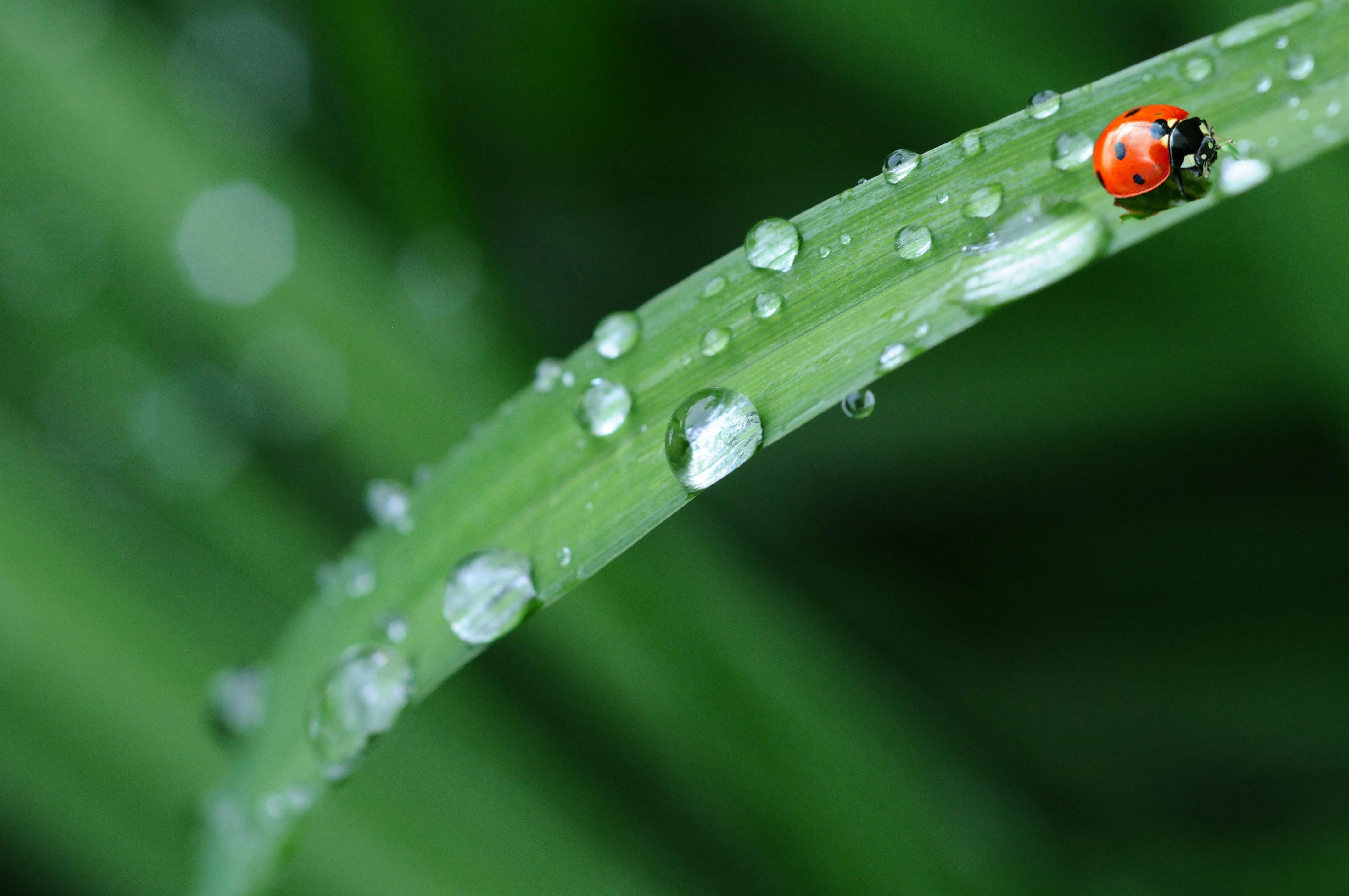When it comes to the quality of water, there are many differences between distilled water and spring water. Distilled water is created by boiling regular tap water and collecting the steam that’s created. The steam is then condensed back into liquid form, which creates the distilled water. Spring water, on the other hand, is sourced from an underground formation where it’s naturally filtered through rocks and soil. Although both distilled and spring waters are considered safe to drink, they differ in terms of their mineral content, taste, and overall health benefits.No, distilled water is not the same as spring water. Distilled water has been purified through a process of distillation, which involves boiling the water and condensing the steam back into liquid form. This removes minerals and other substances from the water. Spring water, on the other hand, is sourced from an underground aquifer that has been naturally filtered by layers of rock and soil. It may contain minerals such as calcium and magnesium.
What is Distilled Water?
Distilled water is a type of purified water that has had both contaminants and minerals removed. It is produced by a process called distillation, which involves boiling the water and then condensing the steam into a clean container. Distilled water has many uses, including drinking, cooking, and even industrial processes. It is also often used in medical settings such as dialysis or for wound care. Many people prefer to drink distilled water because it is free of chemicals, toxins, bacteria, and other impurities that can be found in tap water.
Distillation works by boiling the original source of water—whether tap or well—and then collecting the steam that rises from it. This steam contains all of the contaminants and minerals from the original source, leaving behind only pure water. Once cooled down, this collected steam turns back into liquid and forms distilled water. In addition to removing harmful contaminants and minerals, distillation also helps to remove many organic compounds from the water. This makes it ideal for drinking or for use in medical procedures where ultra-pure water is needed.
While distilled water does not contain any impurities or chemicals that
What is Spring Water?
Spring water is water that comes from an underground aquifer, which is a layer of soil, sand, and rocks saturated with water. It is sourced from natural springs that are located in areas where the water table is close to the surface. Spring water typically contains minerals such as calcium, magnesium, potassium, and sodium that can be beneficial to one’s health. Spring water has a clean, fresh taste and it does not contain any artificial additives or preservatives. It is an excellent source of hydration and can provide essential minerals that may not be available in other sources of drinking water. Additionally, spring water often contains trace amounts of natural salts that can help balance your body’s electrolytes.
Origins of Distilled Water
Distilled water is water that has been boiled, evaporated, and condensed back into a liquid form. This process removes almost all impurities from the water, including minerals, chemicals, and other contaminants. The origins of distilled water can be traced back thousands of years to ancient civilizations which used distillation to purify their drinking water. Today, distilled water is widely used in scientific laboratories and medical facilities because it is free of impurities that could affect experiments or treatments. It is also used as a coolant for engines and other machinery because it does not contain any corrosive minerals.
Origins of Spring Water
Spring water is natural groundwater that has been filtered through underground layers of soil and rocks before emerging at the surface. Its origins can be traced back to the time when people first started settling down in areas where there were natural sources of fresh drinking water such as springs. The use of spring water for drinking and other purposes has been documented since ancient times and its appeal lies in the fact that it does not contain any impurities or chemicals like most other sources of drinking water do. Today
Comparing the Composition of Distilled and Spring Water
Distilled water and spring water both come from natural sources, but their compositions differ greatly. Distilled water is created by boiling liquid water and then cooling it, so that the steam evaporates and only the liquid remains. The result is a product that is free of minerals, salts, and other impurities. Spring water, on the other hand, is naturally occurring in underground aquifers or springs. It contains a variety of natural minerals such as calcium, magnesium, chloride, sodium, and bicarbonate.
When comparing the two types of water side by side, you can immediately tell the difference between them. Distilled water has a much lighter color than spring water due to its lack of minerals or impurities. It also has a much flatter taste since it does not contain any natural minerals like spring water does.
The differences in composition between distilled and spring water go beyond just looks or taste. Distilled water has a neutral pH level due to its lack of mineral content while spring waters can range from acidic to alkaline depending on their mineral content. This means that distilled water is not very good

Differences in Taste between Distilled and Spring Water
The taste of distilled and spring water is quite different and can be easily distinguished. Distilled water is created by evaporating water vapor from liquid, which removes all minerals and chemicals that give it its flavor. This makes distilled water taste very bland, with no trace of any particular flavor. Spring water is sourced from natural springs and underground aquifers and typically contains dissolved minerals such as calcium, magnesium, sodium, potassium, iron, silica, sulfates, chlorine and carbonates that give it a distinct flavor.
The differences in taste between distilled and spring water can be easily noticed when you take a sip of each one. Distilled water tastes very flat while spring water usually has a smooth or slightly sweet taste depending on the mineral content. Additionally, spring water can often have a slightly acidic or salty aftertaste due to the presence of certain minerals or chemicals in the source. In comparison to this, distilled water has no aftertaste at all due to its lack of dissolved minerals or chemicals.
Another important difference between the two types of
Which is Healthier – Distilled or Spring Water?
Deciding which type of water is healthier can be a difficult decision. Both distilled and spring water have their own advantages and disadvantages when it comes to health.
Distilled water is produced by boiling water and then condensing the steam back into liquid form. This process removes virtually all impurities, including minerals, from the original source of water. The absence of minerals makes distilled water slightly acidic, which can be beneficial for people with high blood pressure or other health conditions. However, some people worry that drinking distilled water over long periods of time could lead to mineral deficiencies since the body does not receive any minerals from the water.
Spring water comes from an underground source and is typically filtered to remove impurities such as bacteria or other contaminants. As a result, spring water may contain trace amounts of minerals such as magnesium and calcium that are beneficial for maintaining good health. On the downside, many spring waters are sourced from areas that may be contaminated with pollutants, which can contain toxic chemicals or metals that could be harmful to your health if consumed in large quantities over time.
In conclusion, both distilled and spring waters
Tap Water Vs Bottled Water
Tap water and bottled water are two of the most popular types of drinking water today. Tap water is typically regulated by the Environmental Protection Agency (EPA), while bottled water is regulated by the Food and Drug Administration (FDA). Tap water is often sourced from rivers, lakes or aquifers, while bottled water can come from a variety of sources such as springs, wells or municipal systems. Tap water is usually available for free or at a much lower cost than bottled water, while bottled water is more expensive and often comes in single-use plastic containers.
When it comes to taste, both tap and bottled water can vary significantly depending on their source. Generally speaking, tap water tastes better when it comes from a natural source such as a river or lake. Bottled water can also vary in taste depending on the source and processing methods used to purify it.
When it comes to safety, both types of drinking water are generally considered safe to drink. Tap water is subject to more stringent testing than bottled water, so it may be safer in some cases. However, both types can

Conclusion
Distilled water and spring water are not the same. While both types of water contain minerals, distilled water has been processed in a way that removes all of the minerals, while spring water is naturally occurring and contains more minerals. Distilled water is most often used for medical purposes, while spring water is used for drinking, cooking and other everyday uses. While both are safe to drink, distilled water may not provide the same health benefits that come with consuming naturally occurring minerals found in spring water.
Overall, distilled water and spring water differ in terms of mineral content and intended purpose. It is important to understand the differences between these two types of waters so that you can make an informed decision about which type of water is best for you and your family.

